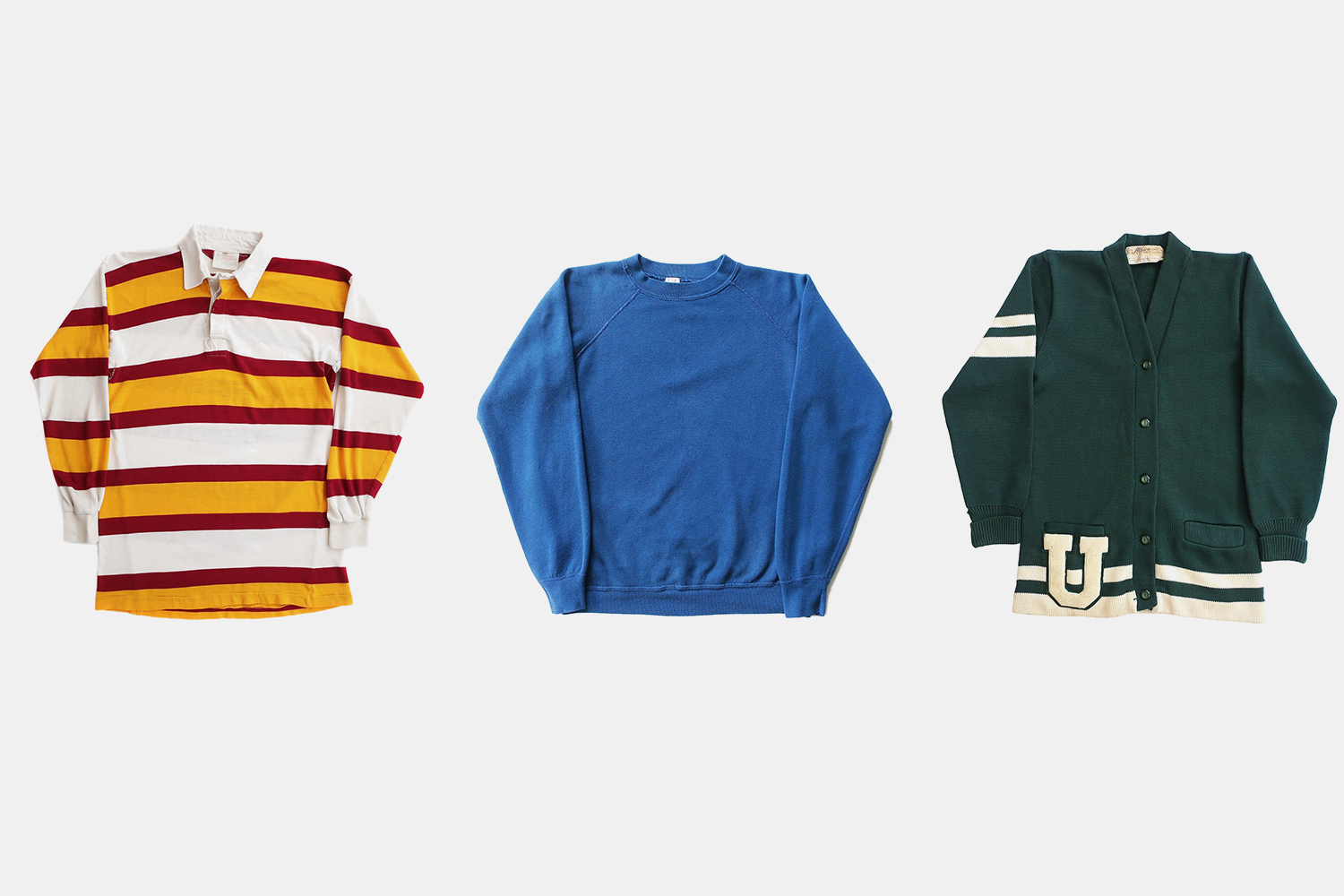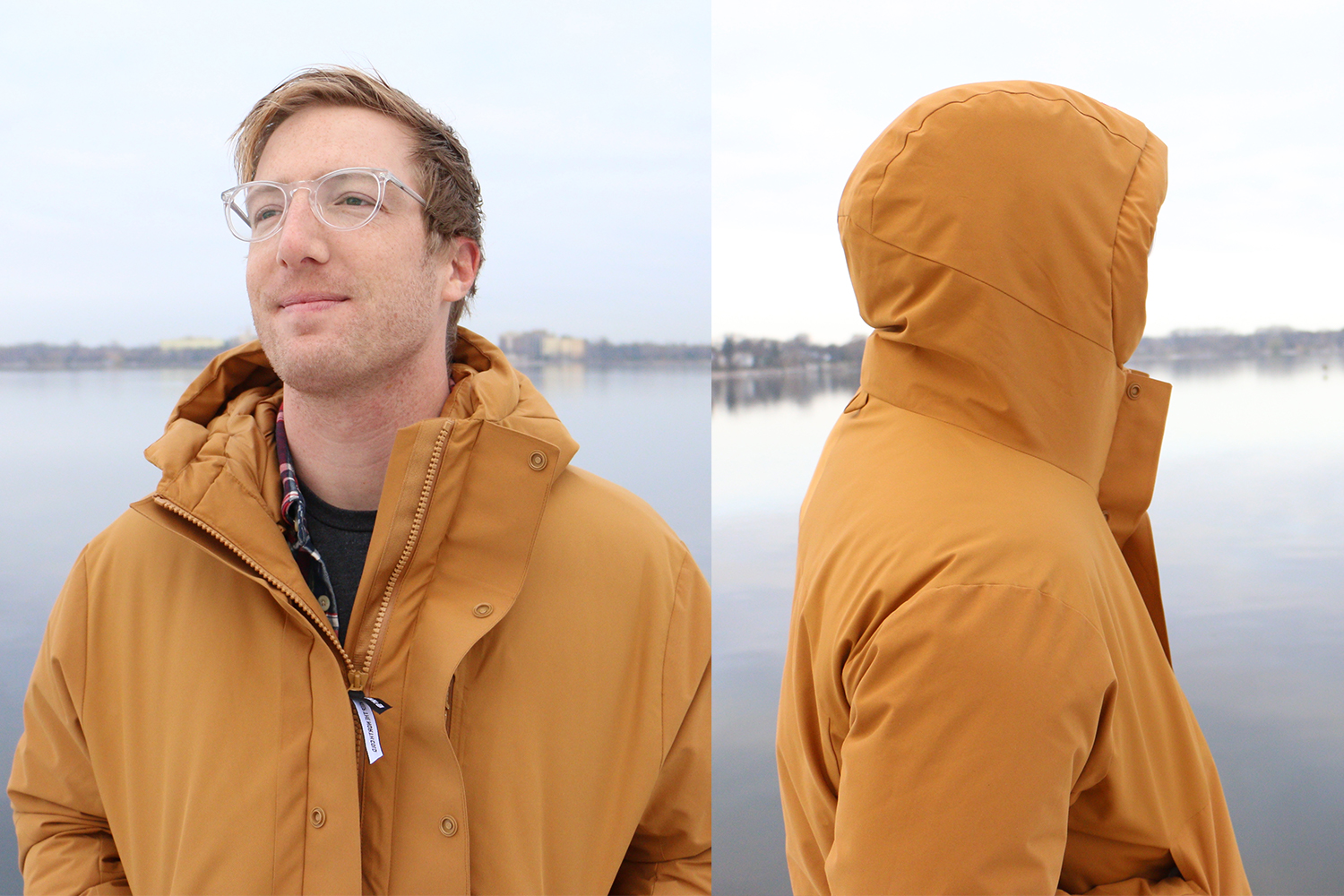Shopping used to be a relatively simple activity — you see something, you like it, you buy it. But the pastime has grown much more complicated as individuals seek to align their clothes with their own values, sustainability weighing particularly heavy on shoppers’ minds. With the fashion industry responsible for 8% of global carbon emissions, textile production contributing more to climate change than both aviation and shipping combined and the industry accounting for 20 to 35% of microplastics flowing into the oceans, what you buy matters.
Yet for those looking to adopt more ethical shopping practices, it isn’t as straightforward as forgoing the behemoths of fast fashion in favor of brands that casually market themselves as “sustainable” and “eco-friendly.” Rather, it’s a process that requires research of said “green” companies as well as an interrogation of one’s shopping habits, taking a hard look at your volume and source of consumption and adjusting said habits accordingly.
In other words, it’s easy to get discouraged. It’s easy to feel as though you’re going about it wrong or not well enough, and it’s even easier to fall susceptible to the barrage of fast fashion and the instant (albeit momentary) gratification it provides. But this isn’t to say completely altering the way in which one shops is impossible, especially with the help of the tips below. More importantly though, it remains up to you to want to make the change.
Do Some Digging
The past few years have seen an inundation of supposedly sustainable brands and an adoption of supposedly sustainable practices. While it’s tempting to blindly believe and support these brands, not all of them are as eco-friendly as they purport to be, using the term “sustainable” to their advantage and in turn deceiving the customer.
Because “sustainable” can be used as a blanket term, it’s often employed by brands that only occasionally dabble in sustainable means of production but aren’t fully committed to accountability. This practice, often referred to as greenwashing, allows brands to co-opt sustainability purely for marketing purposes while failing to deliver on products that have any considerable impact.
What’s required of you as a conscious consumer is a more discerning eye, one that takes the time to investigate the materials and practices used by companies claiming a sustainable ethos. You’ll likely find that it’s easier to shop by brand rather than individual items, as a brand that truly champions eco-friendly practices is less concerned with garnering new customers via superficial marketing tactics and more so with enacting actual change and holding themselves accountable.
Such brands can be found based on certifications they’ve received, one being B Corps, or “businesses that meet the highest standards of verified social and environmental performance, public transparency, and legal accountability to balance profit and purpose.” Certified B Corporations include Patagonia, Askov Finlayson, Frank and Oak, Veja and Nisolo, among many others. However, while B Corps, Climate Neutral and certifications of the like are helpful in introducing you to sustainable brands, buying something from these companies doesn’t mean your purchase is doing no harm. Again, the best practice remains to do as much of your own feasible research, an arduous task, but one that will be worth it in the end.
Take Vintage Shopping Seriously
Once viewed as a means of shopping reserved for snobs or the retro-obsessed, vintage shopping has finally gone mainstream, with the secondhand market poised to hit $64 billion in the next five years according to ThredUp. Resale apps like Depop and Poshmark, as well as luxury resale sites like TheRealReal and Grailed, have engendered this shift to secondhand shopping, allowing individuals to thrift and source vintage clothing from the comfort of their homes, as well as unload some of their own unwanted possessions.
While supporting sustainable brands is certainly preferable to shopping fast fashion, the products still require the use of resources and energy, and there remains the less than ideal possibility of them being thrown out and ending up in a landfill. Buying vintage or secondhand promotes a cyclical approach to style, and encourages individuals to re-sell or pass along clothing they no longer want, further extending the life of that item.
The recent wealth of secondhand and resale sites can prove overwhelming, but it doesn’t take long to acquaint oneself with the various platforms and what they offer. Again, it’s a process that takes more time and effort on your part, but will also be more rewarding when you come across an entirely unique item and support a small business or individual along the way. Besides, you get the added benefit of being able to tell people “It’s vintage” when they inquire about something you’re wearing.
Less Is More Intentional
As disheartening as it may be for shopaholics to hear, the most conscious way to consume is to not consume at all. While this proves near impossible in a consumer-driven society, it is at the very least possible to consume less. The volume of clothing Americans throw away annually has doubled in the last 20 years to some 14 millions tons; our responsibility to buy less not more remains more pertinent than ever.
When you inevitably do decide to buy something, take your wardrobe into consideration beforehand and assess the value the item will add, if any. Shopping with longevity in mind not only helps to reduce the chance of your clothes ending up in a landfill somewhere down the line, but helps to make for a more intentional, comprehensive and cohesive closet, one that will prove unfailing in its ability to serve you. And if that’s not tempting enough, just think of all the money you’ll save.
Whether you’re looking to get into shape, or just get out of a funk, The Charge has got you covered. Sign up for our new wellness newsletter today.

















